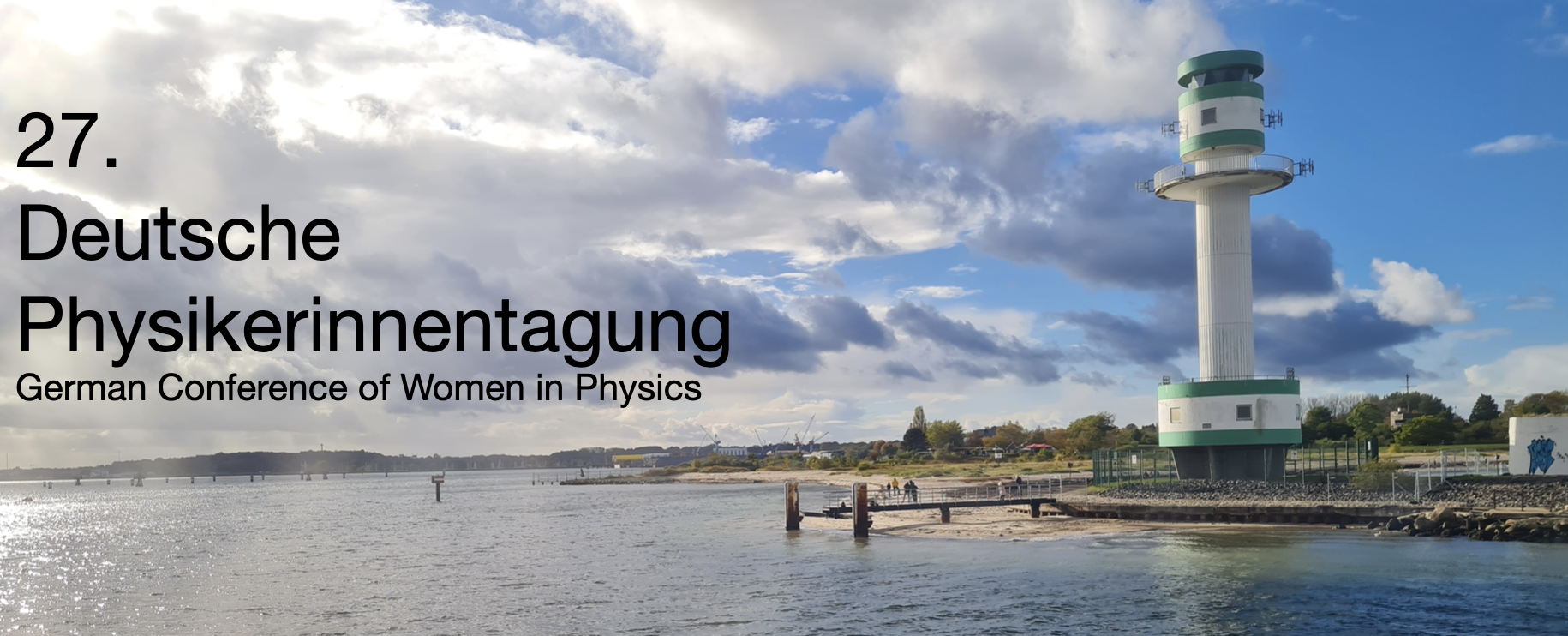Speaker
Description
Image formation in high-resolution transmission electron microscopy (HRTEM) results in intensity projections of the interactions between the specimen and the electron beam. The recorded intensities are routinely used to reconstruct the exit wave function of the electrons, which can provide quantitative information that is otherwise not viably obtainable[1]. Prior to such analyses, it is often desirable to deconvolute the recorded signal, which is a process effectively performed in the Fourier domain of the image. However, applying a Fourier transformation and a filtering process introduces artifacts that can compromise the subsequent calculations. Hence, the transformation and filtering should be assessed, and the fidelity optimized, to ensure reliable intensity interpretation.
To evaluate the fidelity of the Fourier-domain filtering, a systematic investigation was conducted by varying padding sizes and applying different window functions to address the boundary effects introduced during transformation[2]. For the mask-based filtering itself, a range of strategies were applied, including low-pass, high-pass, band-pass, and Bragg spot-targeted masks, with varying degrees of edge smoothing. The accuracy of each approach was assessed using standard image similarity metrics such as mean squared error, peak signal-to-noise ratio, and structural similarity index. The findings indicate that an appropriate window function is the most effective process for reducing boundary-related artifacts, although the effects cannot be fully mitigated. Additionally, the shape and edge smoothing of the applied masks result in a nuanced balance between selectivity and signal preservation.
To support this analysis, a dedicated Python package was developed to enable systematic and controlled mask-based filtering in the Fourier domain. The tool facilitates reproducible workflows and provides a flexible framework for optimizing image processing strategies in HRTEM. Importantly, the approach is applicable to both periodic and non-periodic features in HRTEM images, supporting broader use cases such as the analysis of defects, interfaces, and amorphous regions[3]. Together, these efforts contribute to more robust and accurate quantitative interpretation of electron microscopy data.
[1] Ophus, C., & Ewalds, T. (2012). Guidelines for quantitative reconstruction of complex exit waves in HRTEM. Ultramicroscopy, 113, 88–95. https://doi.org/10.1016/j.ultramic.2011.10.016
[2] Lin, F., Chen, F. R., Chen, Q., Tang, D., & Peng, L.-M. (2006). The wrap-around problem and optimal padding in the exit wave reconstruction using HRTEM images. Journal of Electron Microscopy, 55(4), 191–200. https://doi.org/10.1093/jmicro/dfl025
[3] De Jong, A. F., Coene, W., & Van Dyck, D. (1989). Image processing of HRTEM images with non-periodic features. Ultramicroscopy, 27(1), 53–65. https://doi.org/10.1016/0304-3991(89)90200-3

